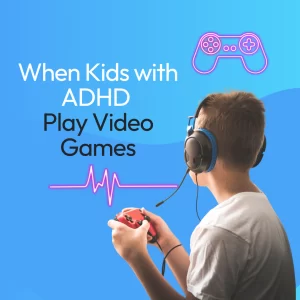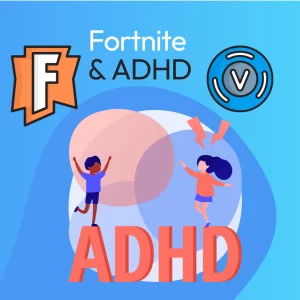How do we talk about suicide?
Talking about suicide is scary. Like many other types of conversation there is no clear route from point-A to point-B. But, unlike many other types of conversation, a life can hang in the balance. A little talked about point of fact is the issue that we, as people, can imagine doing all kinds of things that we have never done before. We can imagine ourselves in all kinds of scenarios. And since we are constantly presented with problems each and every day, we are constantly dealing with another little talked about point of fact: we don’t know all of the answers. At some point, we all imagine ourselves in different places. If we are in high school, we think about what college will be. If we are in college, we think about our first “real job.”
Part of being human is thinking about the future. And we cant help but think about ourselves in the future. As dark as it may seem, it may actually bring a bit of relief knowing that it is normal to think about death. As we all recognize, at some level, our time on Earth is limited.
Anyone can be a helper
Honestly, I would be more curious about a person who said they had never considered what it would be like to die than a person who had considered life after life. The same is true for suicide. Normalizing the notion that there are times where someone might consider suicide is important. What is important is knowing that while everyone experiences a wide range of thoughts spanning from healthy and productive, to unhealthy and maladaptive. QPR, which stands for Question, Persuade, Respond, is a technique designed for anyone to use to identify and intervene when a person is experiencing suicidal thoughts.
QPR and suicide prevention
I was able to train as a “QPR Gatekeeper.” In fact, anyone can take the training online (Click Here). The term Gatekeeper refers to a person in the community who is trained to intervene to stop a suicide. The reason that a training like this is so important is that we often try not to hear when someone is really in trouble. We avoid the tough conversation. But those clues we are avoiding are given 90% of the time before a person attempts suicide. A simple training helps us not only to identify when a person is in a suicidal crisis, but also helps prepare us to support them in that moment.
As stated above, QPR is a simple, three-step pneumonic:
-
Q stands for “Question”
- There is really only one way to know if a person is experiencing thoughts of self-harm, or suicide: ask them. This is a simple, direct question, that is asked non-judgmentally. “Are you having thoughts of self-harm or suicide?” In this moment, we don’t ask the person in a judgmental way (e.g., “you’re not thinking about suicide, are you?” or “do you want to hurt yourself?” The former subverts a persons motivation to tell the truth, the latter implicitly excludes asking directly about death by suicide). Ask clearly. “Sometimes, people who feel like you do experience thoughts of killing themselves. Are you having any thoughts like that?”
-
P refers to “Persuade”
- The second step of the QPR process is to persuade the person to let you help them seek out support. Again, this can be a straightforward statement like “are you willing go with me to get help?” or “will you let me help you find someone who can help?” If we are unable to pursued the person in crisis into compliance in help-seeking, we may be forced to call emergent or crisis services to help support them.
-
R refers to “Refer”
- The final step of the process is referring the person in crisis to support. This means staying with them until they are delivered to the crisis intervention. We do not take them at their word that they will seek support on their own. Ideally, the person is connected to a healthcare professional for assessment. The next best option would be connecting to a parent, teacher, or coach. Less preferable to all of the aforementioned options would be to leave the person with crisis management support, like the number for the National Suicide Prevention Hotline.
QPR works. And the more people who are trained in this technique, the more likely it is that a person in crisis comes into contact with someone who is able to recognize that crisis, engage the person in crisis, and get that person to the support they need. After all, we know that when a person in a suicidal crisis gets the help they need, they are likely to make a full recovery and never again experience another.
Check out some of our recent posts:



